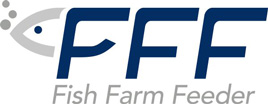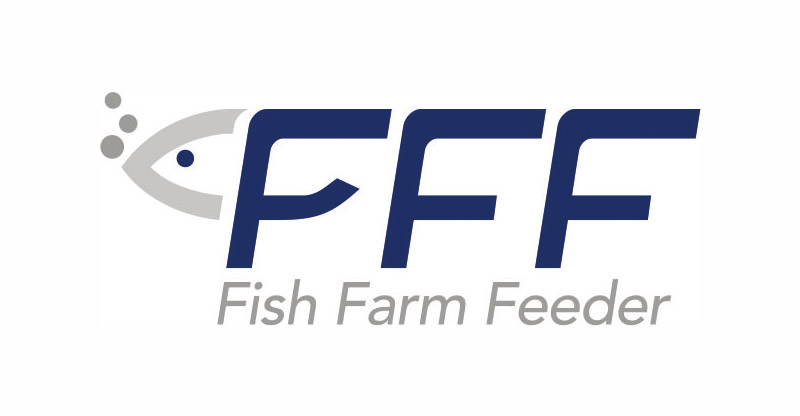According to the latest FAO reports, aquaculture has surpassed fishing for the first time. Therefore, there is an increasing need to provide more information on how the aquaculture sector works and provide transparency and answers to questions from aquaculture newcomers as well as from the public.
This article will focus on fish feed and especially on dry feed, which represents the majority of feed production for aquaculture.
What does farmed fish eat?
Fish feeding varies depending on the type of fish species, as well as its life stage. The specific conditions of the aquaculture farm can be an additional element that should be taken into account.
In general, we are talking about a balanced diet, respecting all nutritional needs, which contain at least proteins, lipids, carbohydrates, vitamins and minerals.
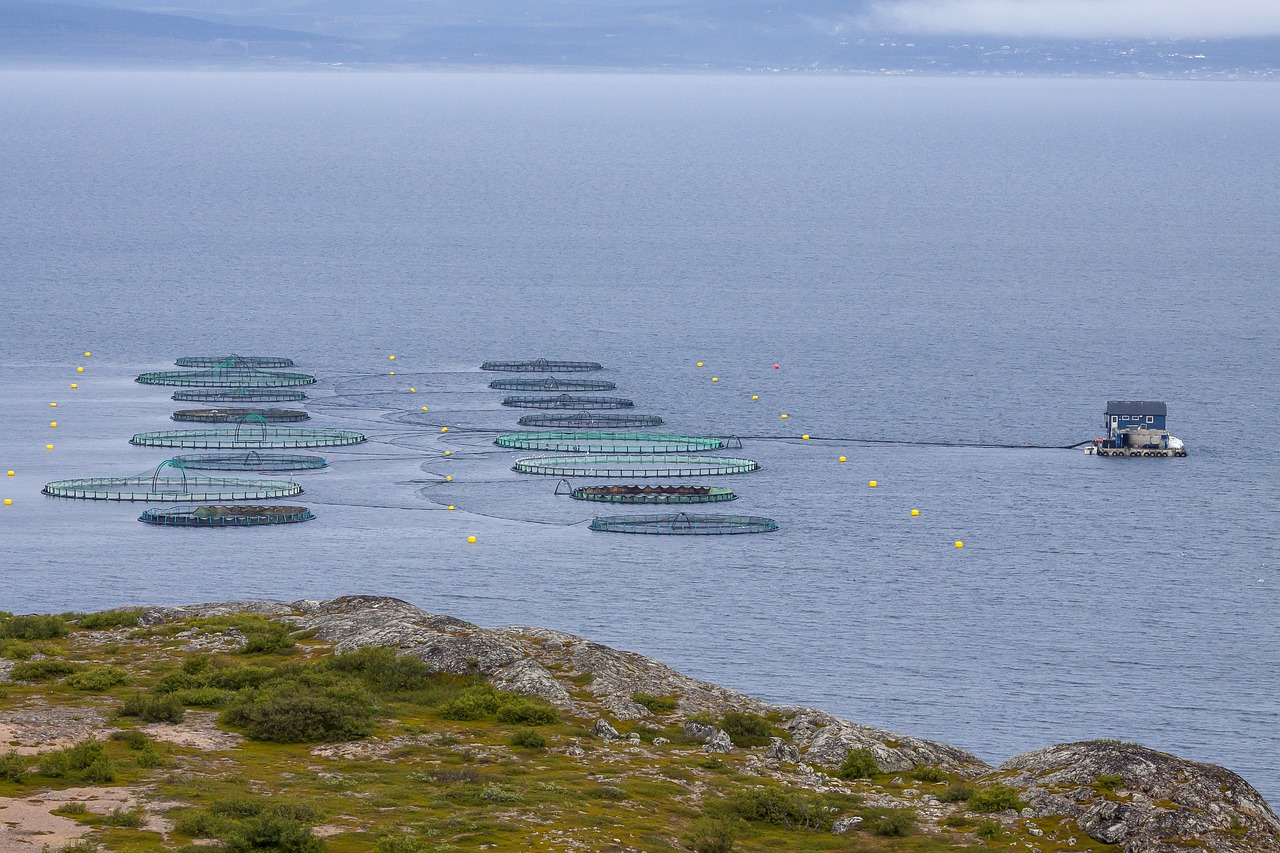
The aim is to provide food that guarantees optimal and healthy growth of the fish. In recent years, the importance of minimizing the impact on the environment has increased.
In the early days of aquaculture, moist natural products such as low-value fish and remains from extractive fishing activities were used as food sources.
Nowadays, the use of dry compound feed is widespread due to its ease of acquisition, transport, storage and distribution, as well as the good results obtained in fish growth and conversion rate.
What does aquaculture fish feed contain and why?
Feed must meet the requirements of a balanced and appropriate diet for each species of fish grown on aquaculture farms, respecting nutritional requirements. Therefore, when selecting feed, macronutrients (proteins, lipids, fiber, and carbohydrates) are taken into account, as well as some micronutrients, essential fatty acids and vitamin and mineral requirements. Inadequate feeding can affect the quality of water on the farm, influencing the health of the fish.
What are the benefit of feed components to fish health and welfare?
- Proteins are important for tissue growth and repair and are included to feed by fish, soy, wheat or corn flour.
- Fats provide energy to fish and are necessary for absorbing vitamins. That is why fish or vegetable oils are added to the feed.
- Carbohydrates are included as a source of quick energy.
- Vitamins and minerals keep fish healthy.
- Fibers help fish digest.
- Additives aim to improve fish health.
Origin of feed ingredients
In general, terms we can differentiate two categories:
- Ingredients of animal origin (e.g. fish or animal oil)
- Ingredients of plant origin (e.g. soybean meal, cottonseed meal, vegetable oil)
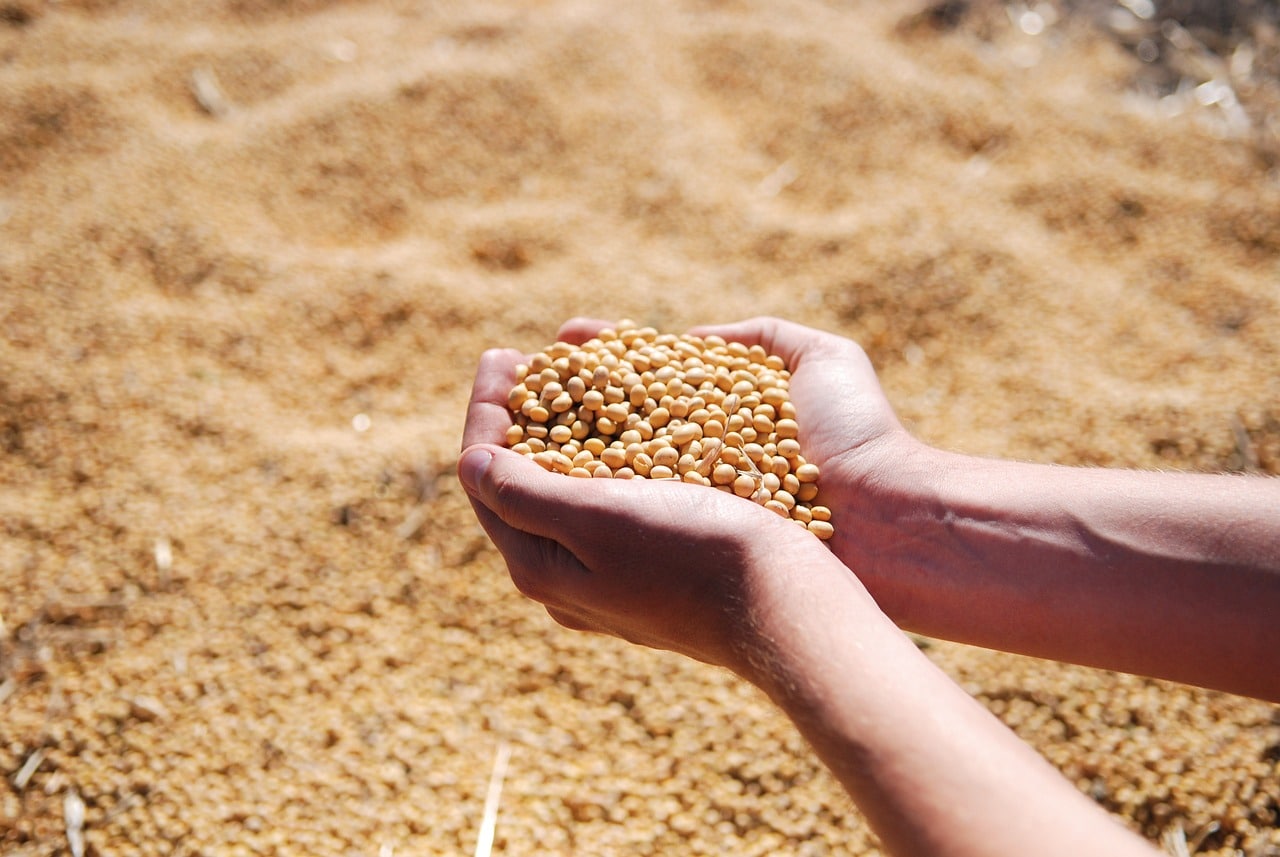
Benefits of the feed ingredients:
– Vegetable by-products of wheat, soy and corn provide an important balance of essential fatty acids.
– Flours and oils from fish and marine crustaceans provide highly digestible nutrients rich in polyunsaturated fatty acids.
– In some cases, by-products from the meat industry (chicken, turkey or pork) are also used to make use of resources.
¿How are aquaculture feeds made?
As explained above, dry fish feed for aquaculture farms is manufactured taking into account the type of fish as well as its growth phase. Thus, the feed corresponds in size, nutrients and other characteristics to avoid feed waste, a negative impact on the fish as well as the quality of the conditions where the fish is grown.
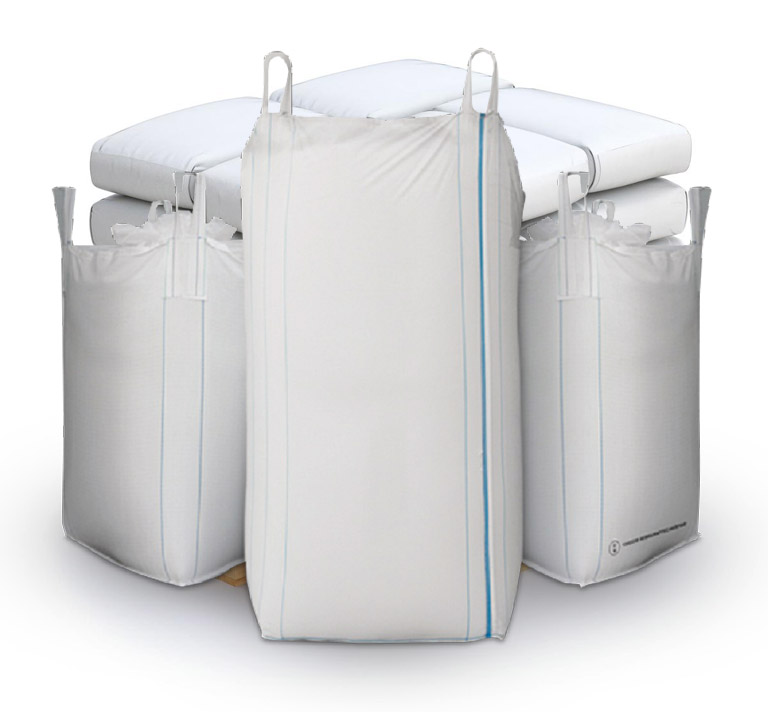
In general we can talk about two main technologies for feed production:
- PELLETIZATION
Pellet manufacturing consists of compressing small particles into larger ones called pellets, intervening in this process humidity, temperature and pressure.
>> Advantages
- Lower manufacturing cost
- Lower initial investment
- Compact and uniform pellets
>> Disadvantages
- Rapid sinking
- Lower profitability
- Faster degradation of nutrients
- Greater environmental impact
- EXTRUSION
Extrusion is a process of applying high-temperature during short times, which minimizes nutrient degradation while improving the digestibility of starches and proteins compared to pelleted feed.
>> Advantages
- High feed conversion ratio (FCR)
- Floatability and sinking at your choice
- Less contamination
- Greater stability in water (12-36 hours)
- Greater digestibility
>> Disadvantages
- Higher manufacturing cost
- Higher initial investment
This type of production is widely used, as it permits to manufacture feed according to the need on its buoyancy:
- Floating pellets
- Fast-sinking pellets
- Slow-sinking pellets
Leading manufacturer of aquaculture feed
The aquaculture feed market size is estimated at USD 52.05 billion in 2024, and is expected to reach USD 63.34 billion by 2029, growing at a CAGR of 4% during the forecast period (2024-2029).
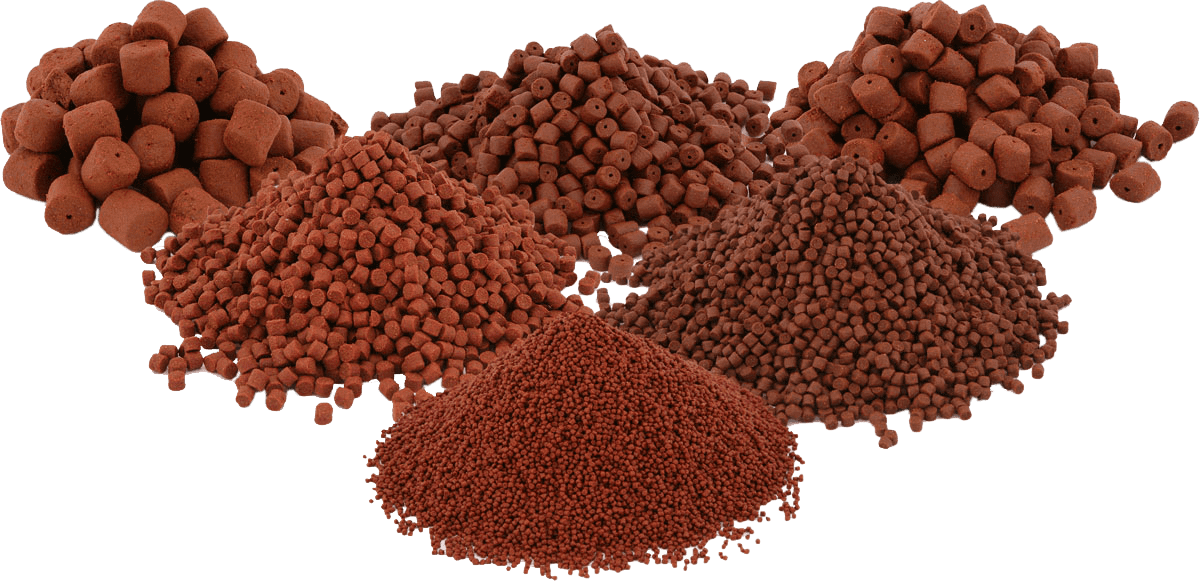
Main aquaculture feed manufacturers
(in alphabetical order):
Manufacturers offer feed for aquaculture farms according to:
– the species of fish (sea bass, sea bass, turbot, etc.)
– the growth phase of the fish, since it influences the size of the feed pellets
– the density of the pellets, which allows them to float or sink
– the type of farming, since for example for RAS aquaculture farms the feed components allow for an increase in the binding capacity of fecal particles.
Trends in aquaculture feed production
- New components are being sought for the production of dry feed – such as algae or soldier flies, or even using by-products from other food products (for example, wine and beer pomace). New feed alternatives based on replacing traditional ingredients such as fishmeal and fish oil.
- Demand for sustainable aquaculture based on the use of sustainably raw materials and efficient use of nutrients. In addition, aquaculture feed should contribute to minimizing the environmental impact of this sector (including water and biodiversity conservation) while maximizing fish health and productivity.
- Modern feeds are also investigating functional feed components, which include prebiotics, probiotics, essential fatty acids, antioxidants and other compounds that can improve fish health and growth.
